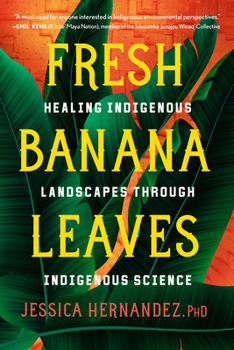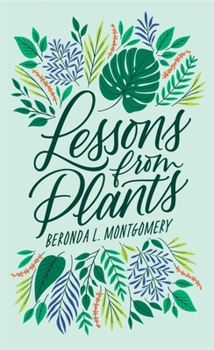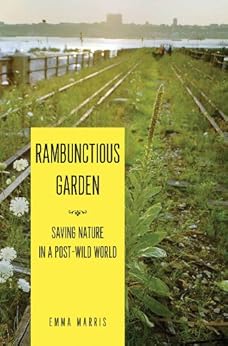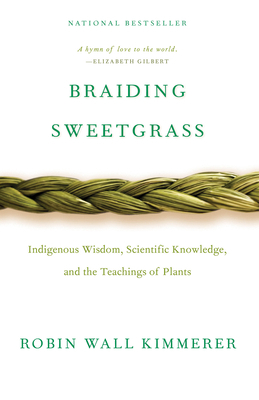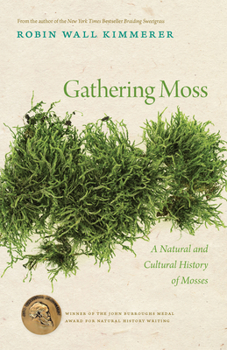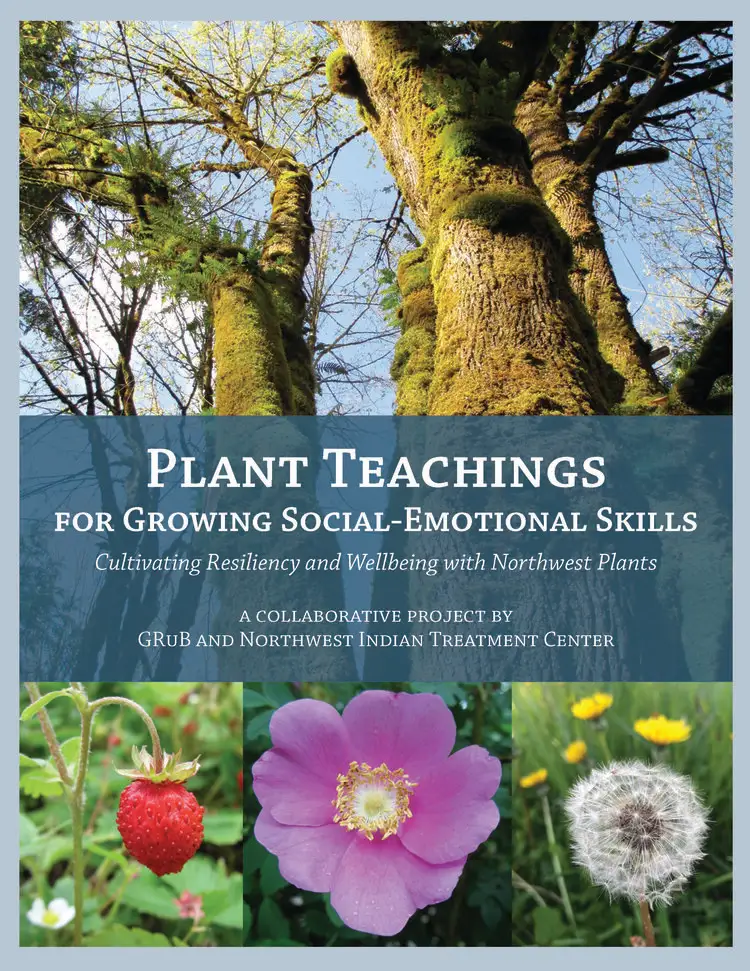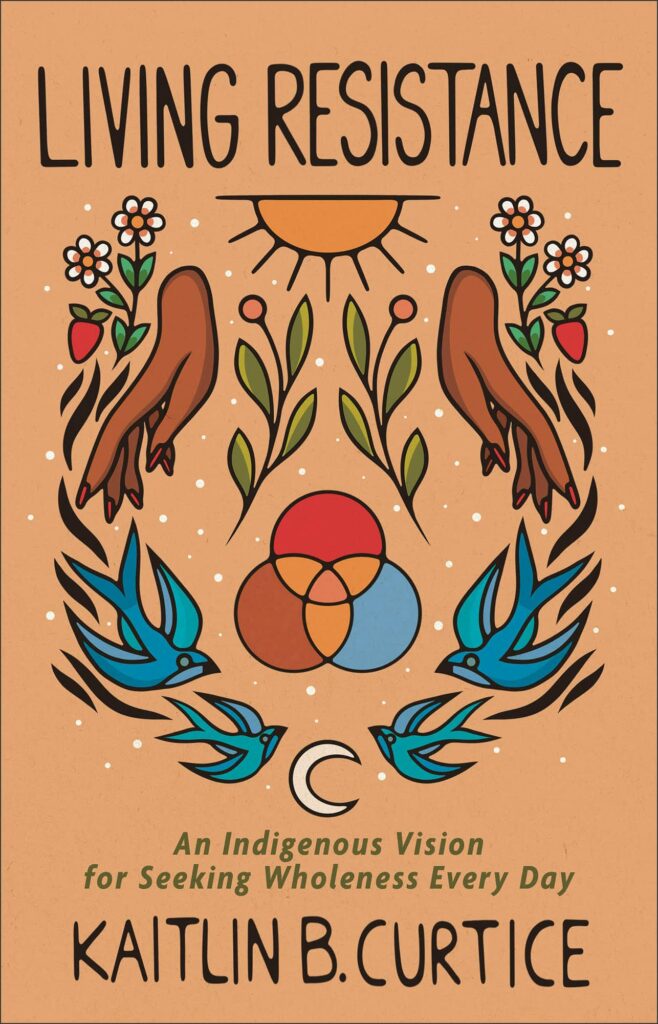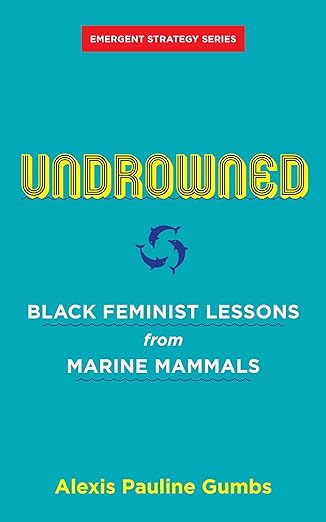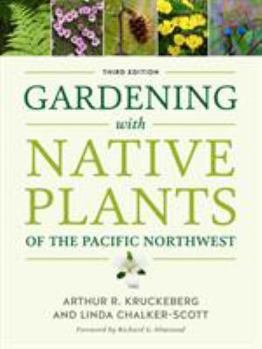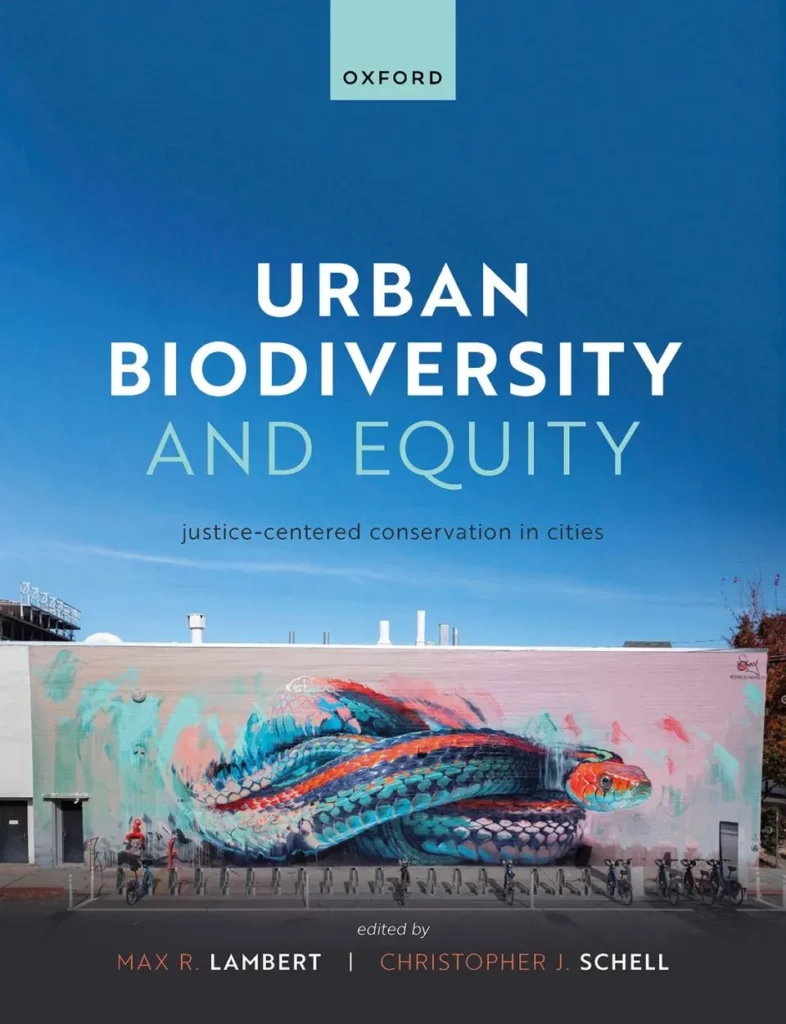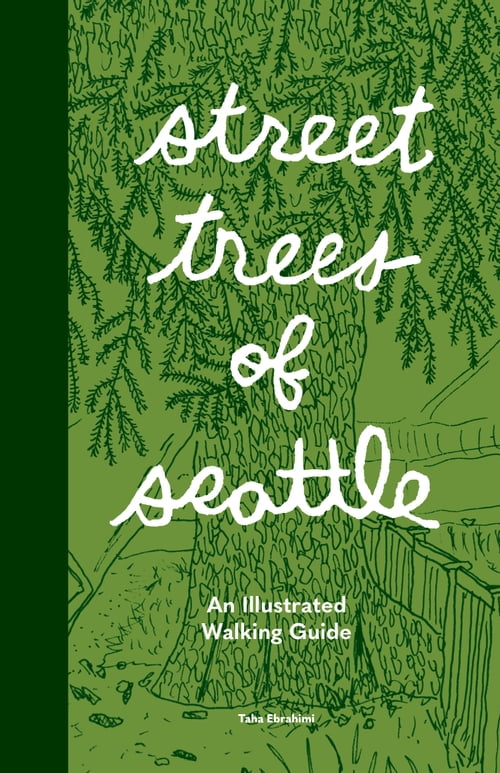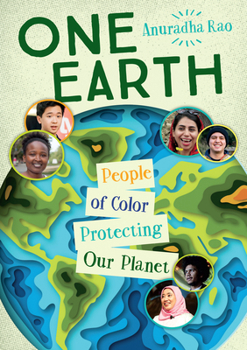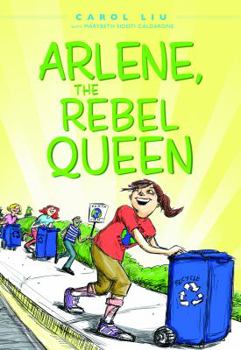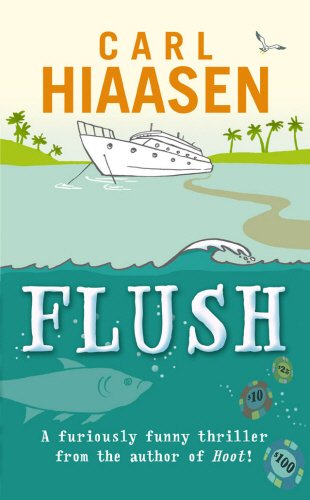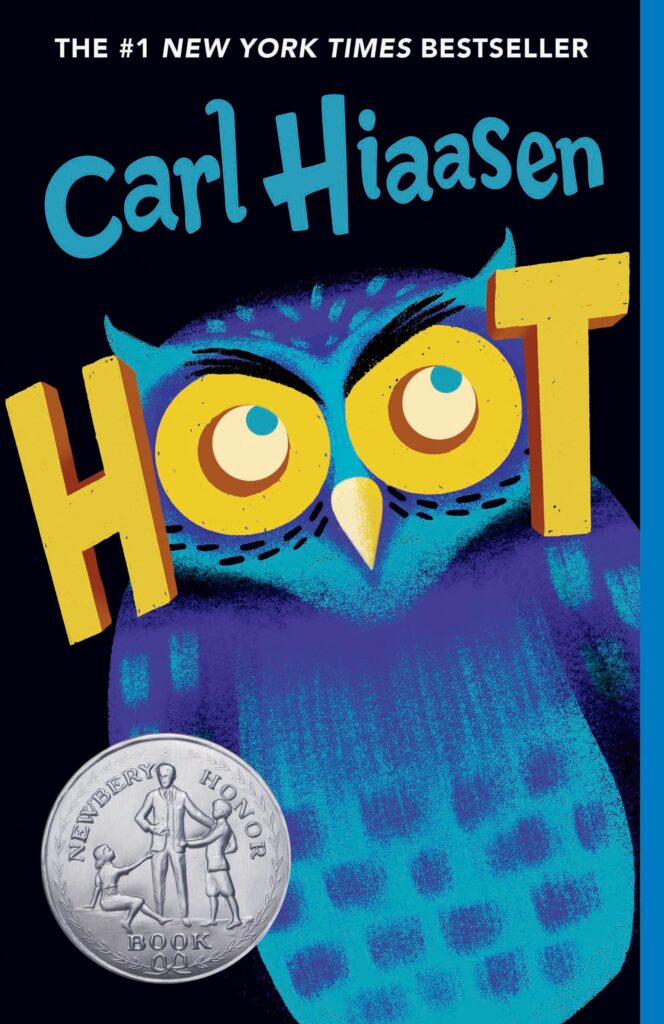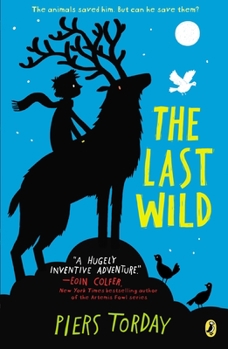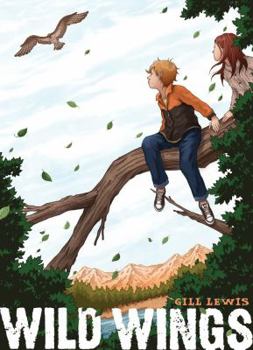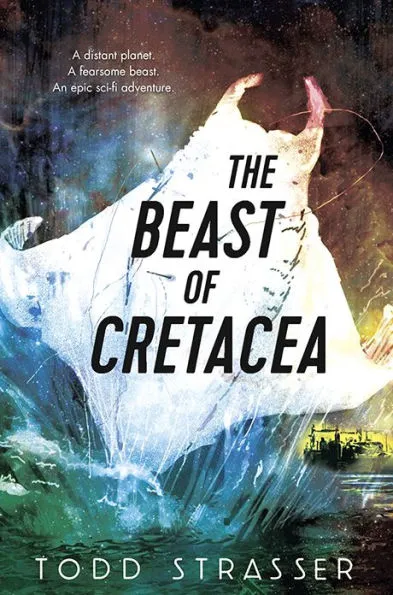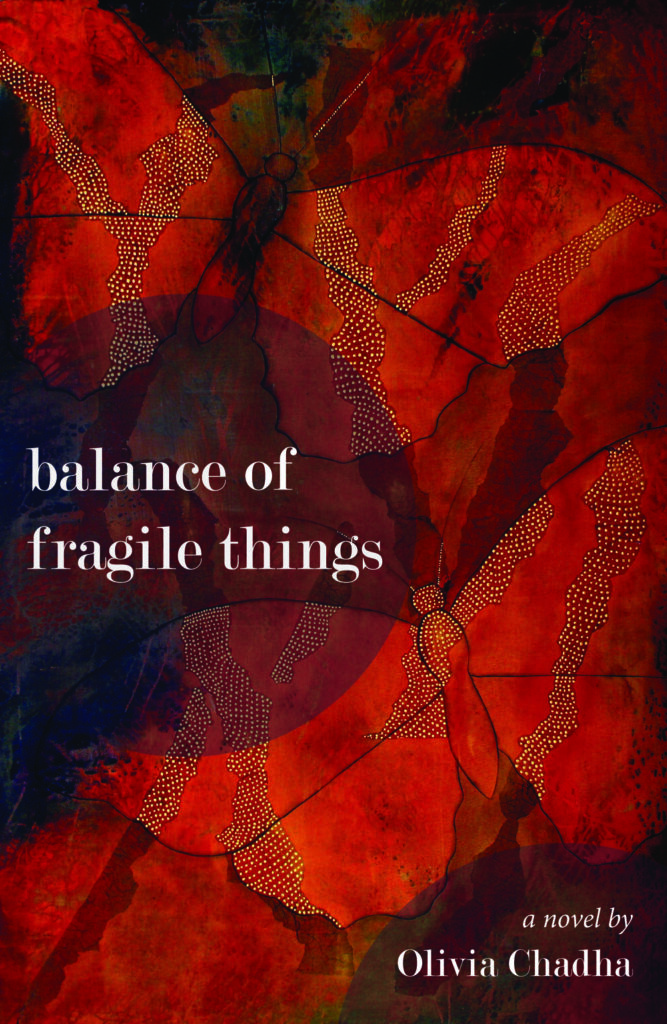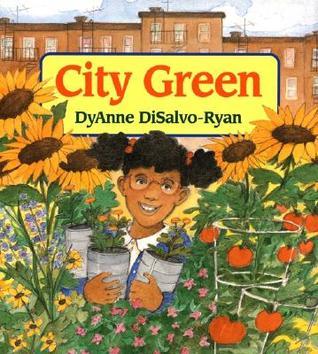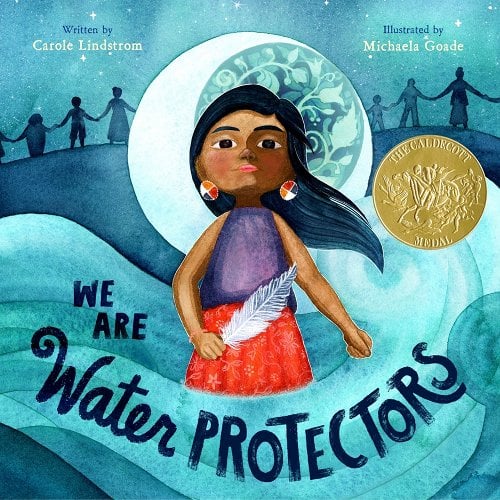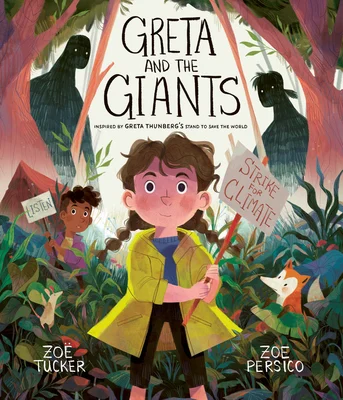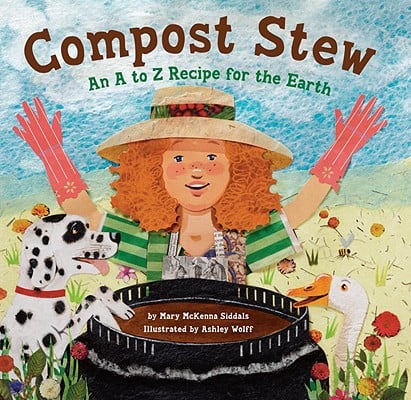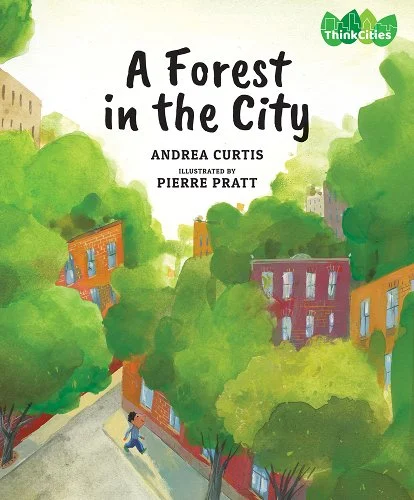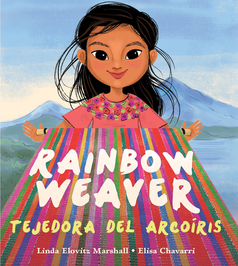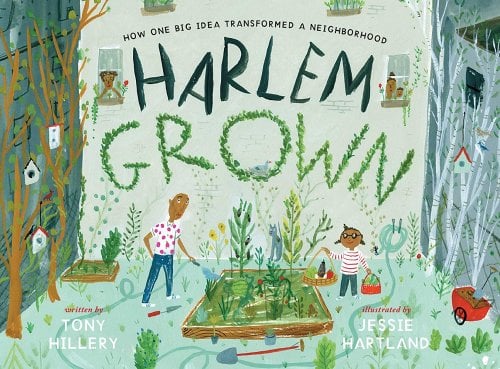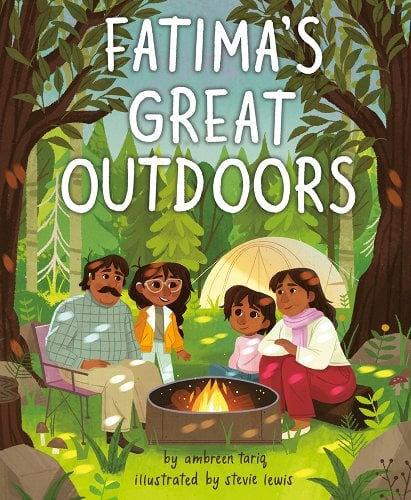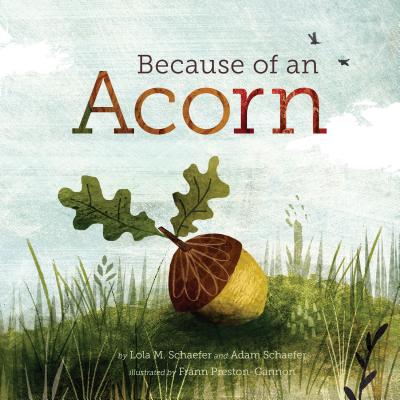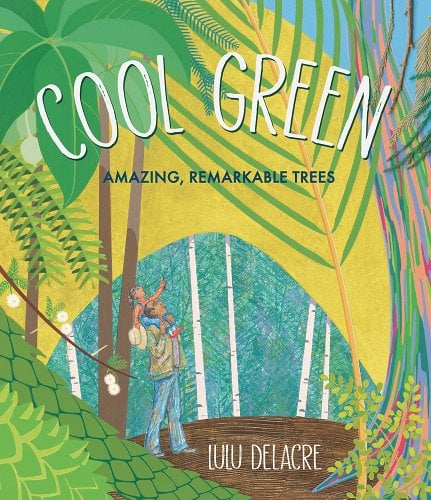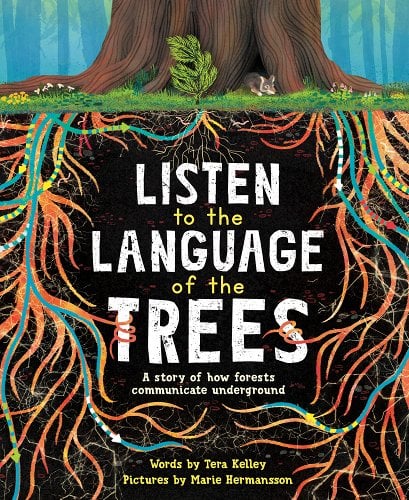Summer is here, embrace the season with stories that connect you to the local land and people, examine the environmental challenges we face to foster ecosystem resiliency, and provide insightful narratives to our relationship with nature. From poetic reflections that examine what time and science has shown us to picture books that encourage even the youngest of us to get involved, Green Seattle Partnership’s summer reading list has something for all ages to unlock your inner naturalist.
Check out these book recommendations chosen from our community!
Fresh Banana Leaves: Healing Indigenous Landscapes Through Indigenous Science by Jessica Hernandez
An Indigenous environmental scientist breaks down why western conservationism isn’t working–and offers Indigenous models informed by case studies, personal stories, and family histories that center the voices of Latin American women and land protectors.
The Broken Earth Series by N.K. Jemisin
A season of endings has begun. It starts with the great red rift across the heart of the world’s sole continent, spewing ash that blots out the sun. It starts with death, with a murdered son and a missing daughter. With the trilogy’s themes of strictly enforced social divisions and the biased distribution of essential resources, the author calls attention to the inequalities built into the foundation of advanced societies.
Lessons from Plants by Beronda Montgomery
‘Lessons from Plants’ enters into the depths of botanic experiences and shows how we might improve human society by better appreciating not just what plants give us, but also how they achieve their own purposes.
The Rambunctious Garden: Saving Nature in a Post-Wild World by Emma Marris
In this optimistic book, readers meet leading scientists and environmentalists and visit imaginary Edens, designer ecosystems, and Pleistocene parks.
Braiding Sweetgrass by Robin Wall Kimmerer
Drawing on her life as an indigenous scientist, and as a woman, Kimmerer shows how other living beings offer us gifts and lessons, even if we’ve forgotten how to hear their voices.
Gathering Moss by Robin Wall Kimmerer
‘Gathering Moss’ is a beautifully written mix of science and personal reflection that invites readers to explore and learn from the elegantly simple lives of mosses.
Plant Teachings for Growing Social-Emotional Skills by GRuB
Many Native Elders remind us that plants are teachers. When we awaken our senses and observe nature, plants can lead us in finding ways to be healthy and resilient. Plant knowledge, social-emotional skills, stories, mindfulness activities, and recipes on wild foods and herbal medicines are woven throughout the book.
Living Resistance: An Indigenous Vision for Seeking Wholeness Every Day by Kaitlin B Curtice
In an era in which “resistance” has become tokenized, popular Indigenous author Kaitlin Curtice reclaims it as a basic human calling. Resistance is for every human who longs to see their neighbors’ holistic flourishing.
Undrowned: Black Feminist Lessons from Marine Mammals by Alexis Pauline Gumbs
Gumbs employs a brilliant mix of poetic sensibility and naturalist observation to show what marine animals might teach us, producing not a specific agenda but an unfolding space for wondering and questioning.
Gardening with Native Plants of the Pacific Northwest by Arthur R. Kruckeberg and Linda Chalker-Scott
With enthusiasm, easy wit, and expert knowledge, renowned botanist Art Kruckeberg and horticulturist Linda Chalker-Scott show Northwest gardeners, from novice to expert, how to imagine and realize their perfect sustainable landscape.
Urban Biodiversity and Equity by Christopher Schell and Max Lambert
This textbook explores how urban conservation is imperative for reaching our regional and global conservation goals. Equity and justice are central to successful urban conservation and, by extension, conservation more broadly.
Street Trees of Seattle by Taha Ebrahimi
Using data visualization as a starting point, the author takes readers on a tour of existing street trees throughout Seattle’s neighborhoods and iconic parks through charming illustrations and maps.
YA books
One Earth: People of Color Protecting Our Planet by Anuradha Rao
Through individual stories, the book shows that the intersection of environment and ethnicity is an asset to achieving environmental goals.
Arlene the Rebel Queen by Carol Liu
Inspired by a social studies unit on our country’s biggest social movements, and perhaps prompted by the cafeteria’s overflowing garbage cans, Arlene and her friends launch a campaign to reduce their school’s carbon footprint.
Flush by Carl Hiaasen
Noah’s dad is sure that the owner of the Coral Queen casino boat is flushing raw sewage into the harbor. He can’t prove it though, and so he decides that sinking the boat will make an effective statement.
Hoot by Carl Hiaasen
Everybody loves Mother Paula’s pancakes. Everybody, that is, except the colony of cute but endangered owls that live on the building site of the new restaurant. Can the awkward new kid and his feral friend prank the pancake people out of town?
The Last Wild by Piers Torday
In a world where animals are slowly fading into extinction, only Kester, with the aid of a stubborn, curious girl named Polly, can help them survive. The animals saved Kester. But can he save them?
Wild Wings by Gill Lewis
This novel tells a gripping story about a boy from Scotland and a girl from West Africa who join together to save a migrating Osprey–and end up saving each other.
Protectors of the Wood Series by John Kixmiller
This series is the fully illustrated story of a group of misfit teenagers who save the world from climate change. Book #1 begins as Phoebe arrives back in Middletown. That night she dreams that a strange green man comes out of a thunderstorm to her window and says, “Everything is at stake!”
The Beast of Cretacea by Todd Strasser
When seventeen-year-old Ishmael wakes up from stasis aboard the Pequod, he is amazed by how different this planet is from the dirty, dying, Shroud-covered Earth he left behind.
Falling into Green: An Eco-Mystery by Cher Fischer
Everything – in nature and in murder – is connected. As an ecopsychologist, Dr. Esmeralda Green is skilled at solving the mysteries of the mind, especially if they collide with the laws of nature.
Balance of Fragile Things by Olivia Chadha
A multicultural American family comes together just as the world around them begins to fall apart.
Imaginary Borders by Xiuhtezcatl Martinez
In this personal, moving essay, environmental activist and hip-hop artist Xiuhtezcatl Martinez uses his art and his activism to show that climate change is a human issue that can’t be ignored.
Children’s Books
City Green by DyAnne Disalvo-Ryan
Right in the middle of Marcy’s city block is a vacant lot, littered and forlorn. Then one spring, Marcy has a wonderful idea: Instead of a useless lot, why not a green and growing space for everyone to enjoy?
We Are Water Protectors by Carole Lindstorm
Inspired by the many Indigenous-led movements across North America, We Are Water Protectors issues an urgent rallying cry to safeguard the Earth’s water from harm.
Greta and the Giants: Inspired by Greta Thunberg’s Stand to Save the World by Zoë Tucker
Greta is a little girl who lives in a beautiful forest threatened by Giants. Greta knows she has to help the animals who live in the forest, but how? Luckily, Greta has an idea…
Compost Stew: An A to Z Recipe for the Earth by Mary McKenna Siddals
Teach kids to compost and help them develop life-long habits to protect the Earth. From apple cores to zinnia heads, readers will discover the best ingredients for a successful compost pile in this fun picture book perfect for Earth Day!
A Forest in the City by Andrea Curtis
A Forest in the City looks at the urban forest, starting with a bird’s-eye view of the tree canopy, then swooping down to street level, digging deep into the ground, then moving up through a tree’s trunk, back into the leaves and branches.
Rainbow Weaver / Tejedora del Archoiris by Linda Elovitz Marshall
A young Mayan girl isn’t allowed to use her mother’s thread to weave, so with a little ingenuity she discovers how to repurpose plastic bags to create colorful weavings.
Harlem Grown: How One Big Idea Transformed a Neighborhood by Tony Hillery
‘Harlem Grown’ tells the inspiring true story of how one man made a big difference in a neighborhood. After seeing how restless their lack of healthy food options, Tony Hillery invited students from an underfunded school to turn a vacant lot into a functional farm.
Fatima’s Great Outdoors by Ambreen Tariq
Ambreen Tariq’s picture book debut, with cheerful illustrations by Stevie Lewis, is a rollicking family adventure, a love letter to the outdoors, and a reminder that public land belongs to all of us.
Because of an Acorn by Lola M. Schaefer and Adam Schaefer
Because of an acorn, a tree grows, a bird nests, a seed becomes a flower. Enchanting die-cuts illustrate the vital connections between the layers of an ecosystem in this magical book.
Cool Green Amazing, Remarkable Trees by Lulu Delacre
A portrait of some of the world’s most incredible trees, seen through the eyes of a landscaper who loves them–and his granddaughter who is beginning to understand why.
Listen to the Language of Trees: A Story of How Forest Communicate Underground by Tera Kelley
The well-researched details about trees’ own social network will help readers see that the natural world’s survival depends on staying connected and helping others–just like us!
Let these stories accompany you through the sunny days ahead and beyond. We encourage you to visit your local library, which is a hub for sharing knowledge, finding resources, and connecting with the community. The Seattle Public Library has 27 locations across the City and King County Library has over 50 locations spanning across King County; check out their websites to find a location near you. Happy reading!

